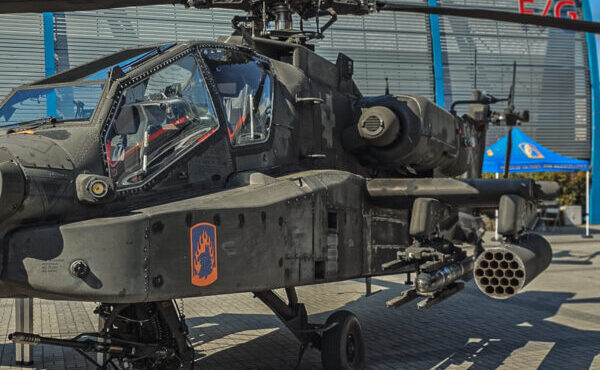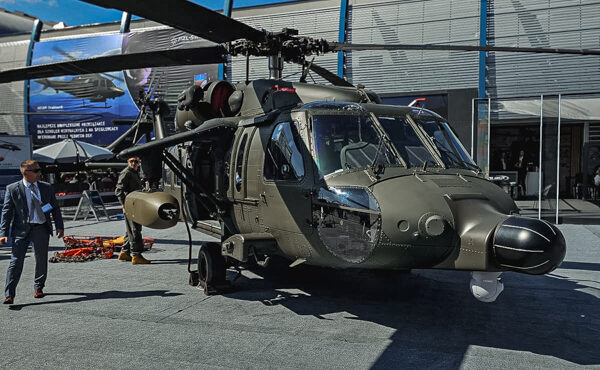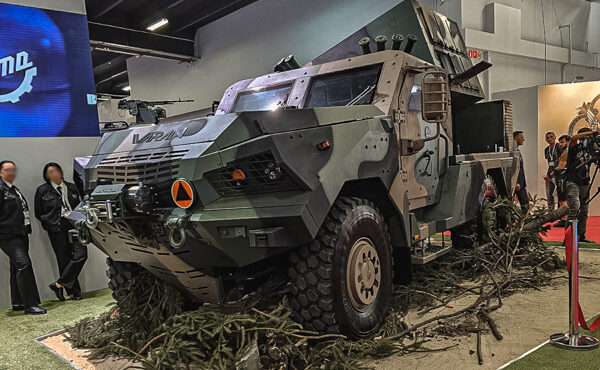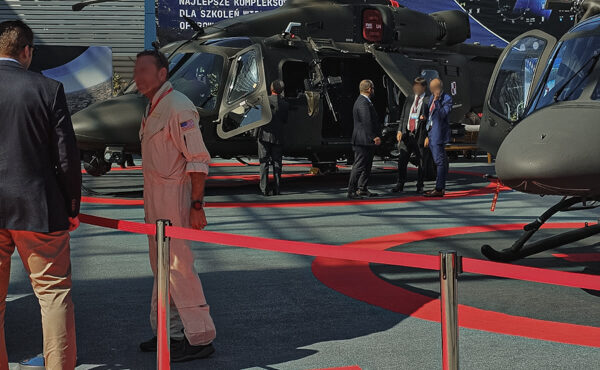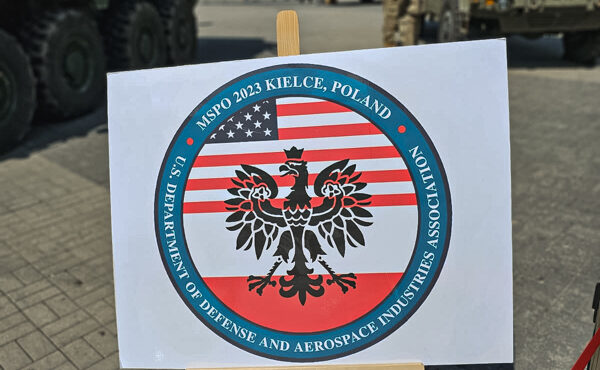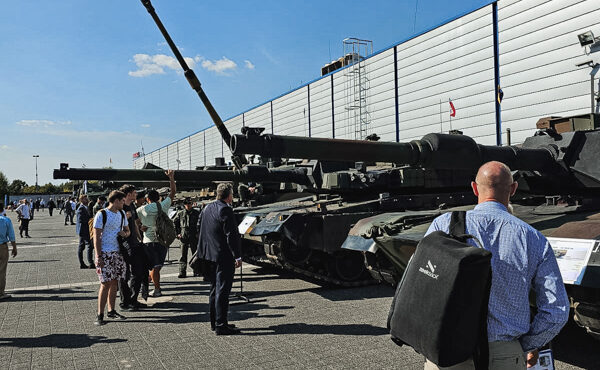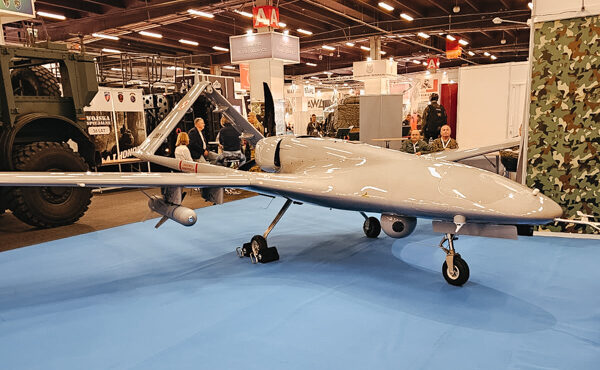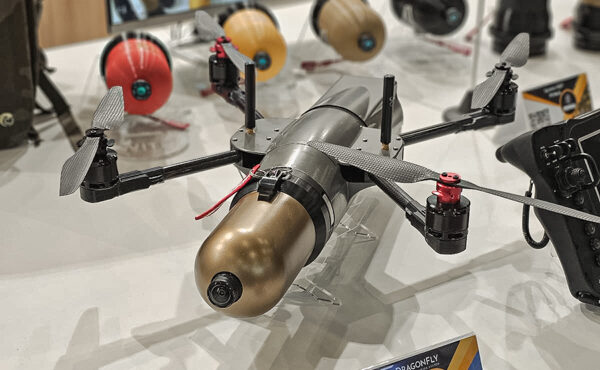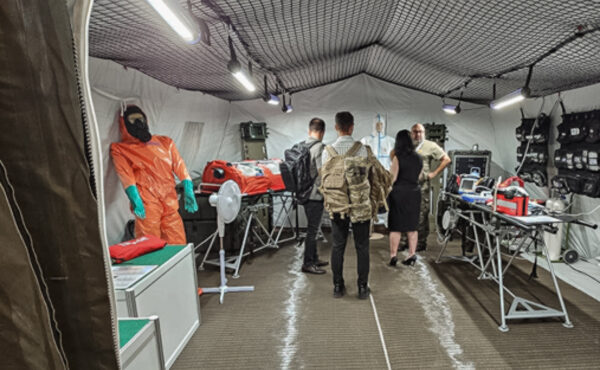Kielce
Poland
31st International Defence Industry Exhibition
31st International Defence Industry Exhibition in Kielce
EPM Global’s management travelled to Kielce last week to foster connections with our partners in Ukraine. However, the size and diversity of this year’s exhibition, the advancement and the diversity of presented systems, leaves us with a strong impression of Poland’s commitment to strive for overall European stability.
This year’s International Defence Industry Exhibition took place in Kielce between 5th and 8th September. It was the 31st time Poland has invited defence industry representatives to showcase the newest technologies and systems for all types of armed forces. This year Kielce’s event proved to be among the largest and most influential defence exhibitions in the world, ranking as Europe’s third-largest after London and Paris. The exhibitors not only showcased the newest developments in military equipment and armaments, but also offered a glimpse into how technologies and systems are being applied to fields such as logistics, security, and rescue operations, and how they are evolving. It was also the best opportunity for Polish PGZ (Polish Armaments Group) to showcase their own military technologies, which are attracting more buyers each year.
The biggest exhibition of its type held in Poland reflects what’s happening on the current geopolitical stage. Russia’s war on Ukraine has undeniably disrupted the so long fostered security stability of European countries. The global peace index shows, for the ninth consecutive year, a deterioration in the level of global peacefulness, with the global economic impact of violence measured at around $17.5 trillion in 2022, or 13% of the global GDP. At the same time, the global military expenditure rose by 3.7% in 2022. Some experts share opinions that the Russia-Ukraine war is a manifestation of a renewed geopolitical rivalry between major world powers, while others worry the conflict will dominate international relations in the decades ahead. Many observers from the NATO allied countries see little prospects for a diplomatic resolution, rejecting the idea of Ukraine surrendering the occupied territories, and acknowledging the potential for escalation.
The biggest direct pressure on addressing the stability and security naturally fell on the EU members, who have so far reacted swiftly from the beginning of the war – by sending military support, aid to refugees, reducing energy dependency. When it comes to Europe’s current state of military defence, the situation looks a bit different. NATO commands its members to dedicate the minimum 2% of GDP to be spend on defence, however the overall EU spending is currently at 1.5%, and one the biggest military powers on the old continent – Germany, has been continuously decreasing its military spending (1.34% in 2021) and only promising to raise it to 2% by 2024. This direction of the defence politics left Poland (the defender of NATO’s eastern border), to reconsider their military autonomy and drive the acceleration of growth in country’s military power. Poland’s government now has announced the intention to ratchet up military spending to 4% in 2023.
The application of defence strategies has the effect of developing a war economy, which despite the increased security risk, has helped growth in the country. Additionally, Poland enjoys significant advantages in Purchasing Power Parity, where labour and salary costs may make its budget highly competitive with the biggest spenders in Europe. According to the World Bank, Poland’s well-diversified economy is among Europe’s least affected by the COVID-19 pandemic. US Department of State, highlights the prospects for the future growth in their annual investment climate rapport report by stressing the fact, stressing that despite the polarised political environments, and creation of few less business-friendly sector specific policies, foreign investors have not abandoned projects planned before the outbreak of the war in Ukraine. ‘In the near-term, external and domestic demand and inflows of EU funds, as well as various government aid programs, are likely to continue to attract investors seeking access to Poland’s market.’
All these aspects, in our opinion, show that Poland’s determination in ensuring the stability of the region makes it an excellent ground for global security development, especially in the areas of security solutions for hostile environments, advanced training solutions for highly-ranked security professionals, diplomatic missions, non-governmental organisations employed in hostile environments, and media. As EPM Global, this direction of development has recently become the key focus of our business strategies, and the recent experience at the exhibition has only increased our confidence of in bringing new projects to Polish grounds. We have now a fully operational office based in Poland and welcome any enquiries.
Sources
Stockholm International Peace Research Institute
International Trade Administration
